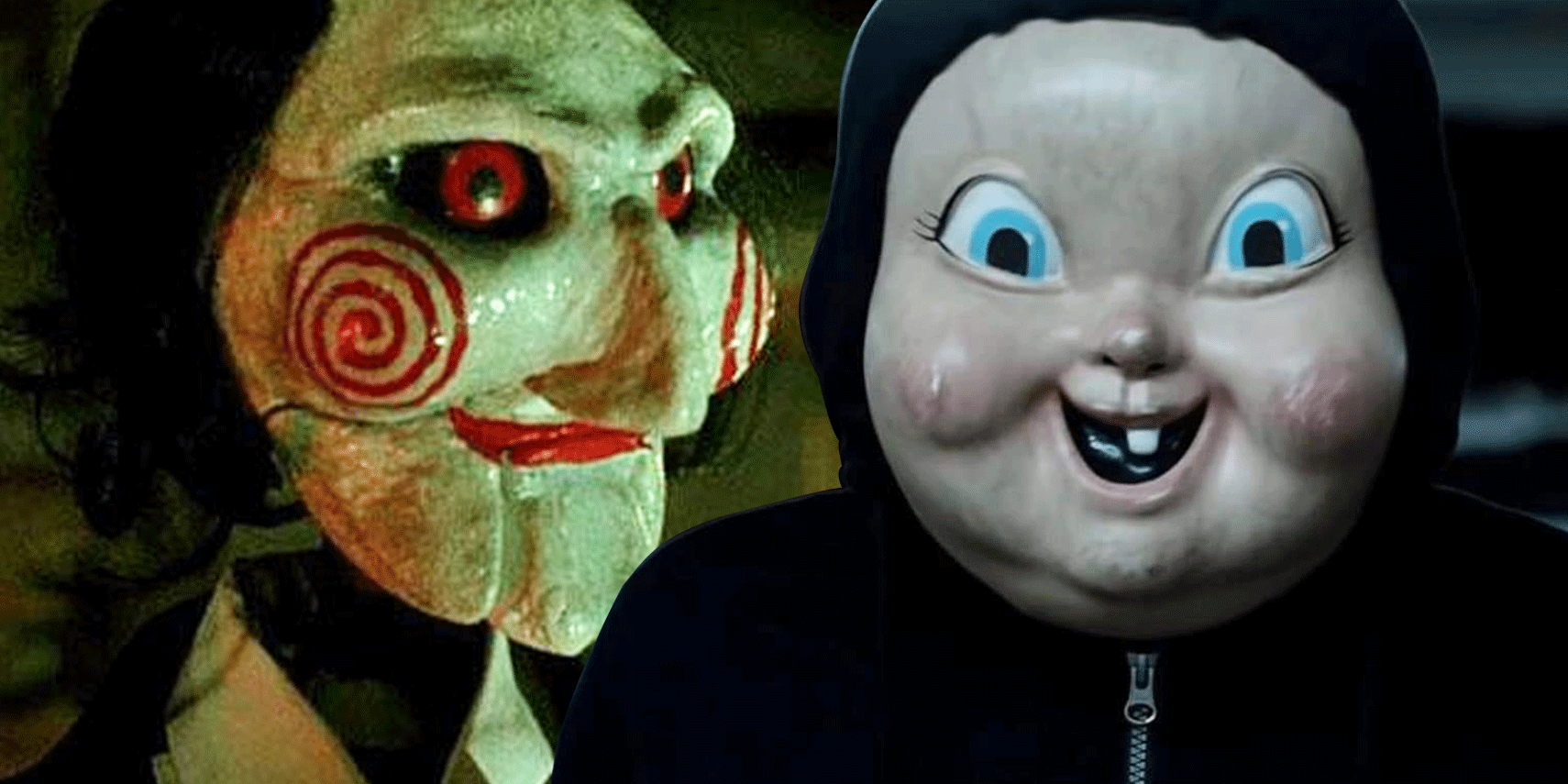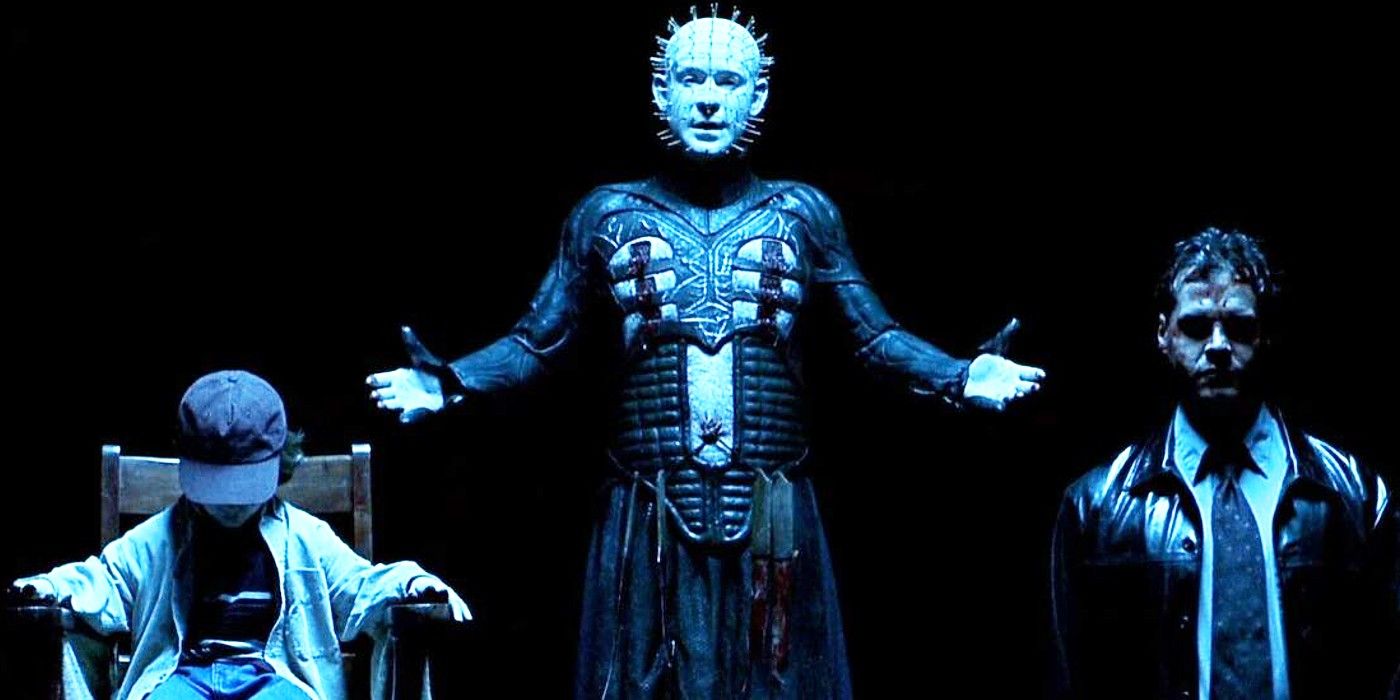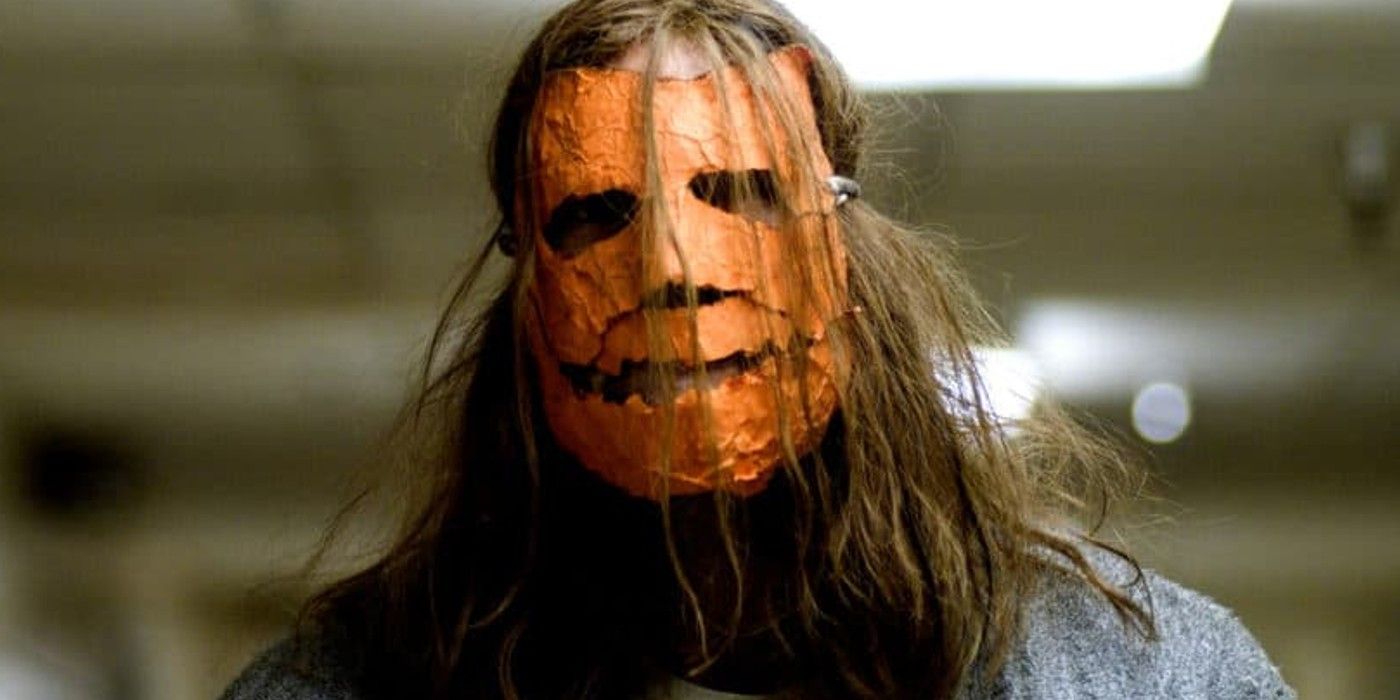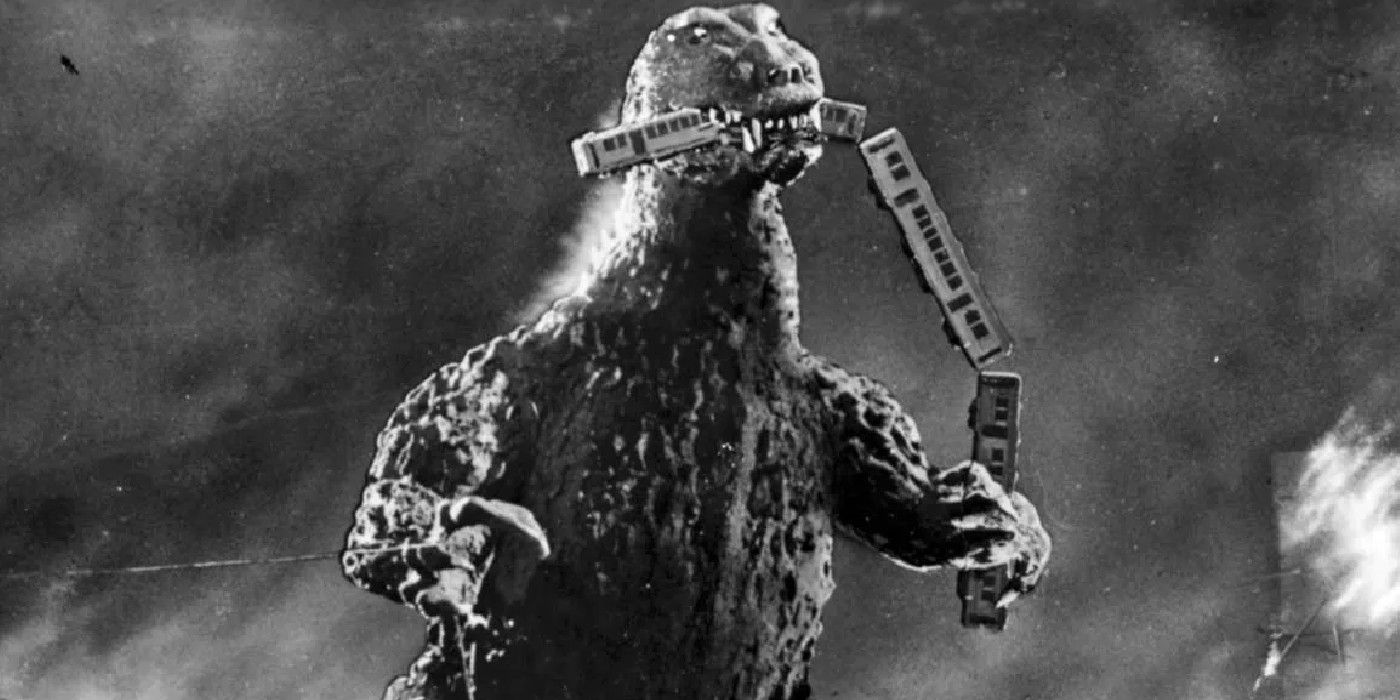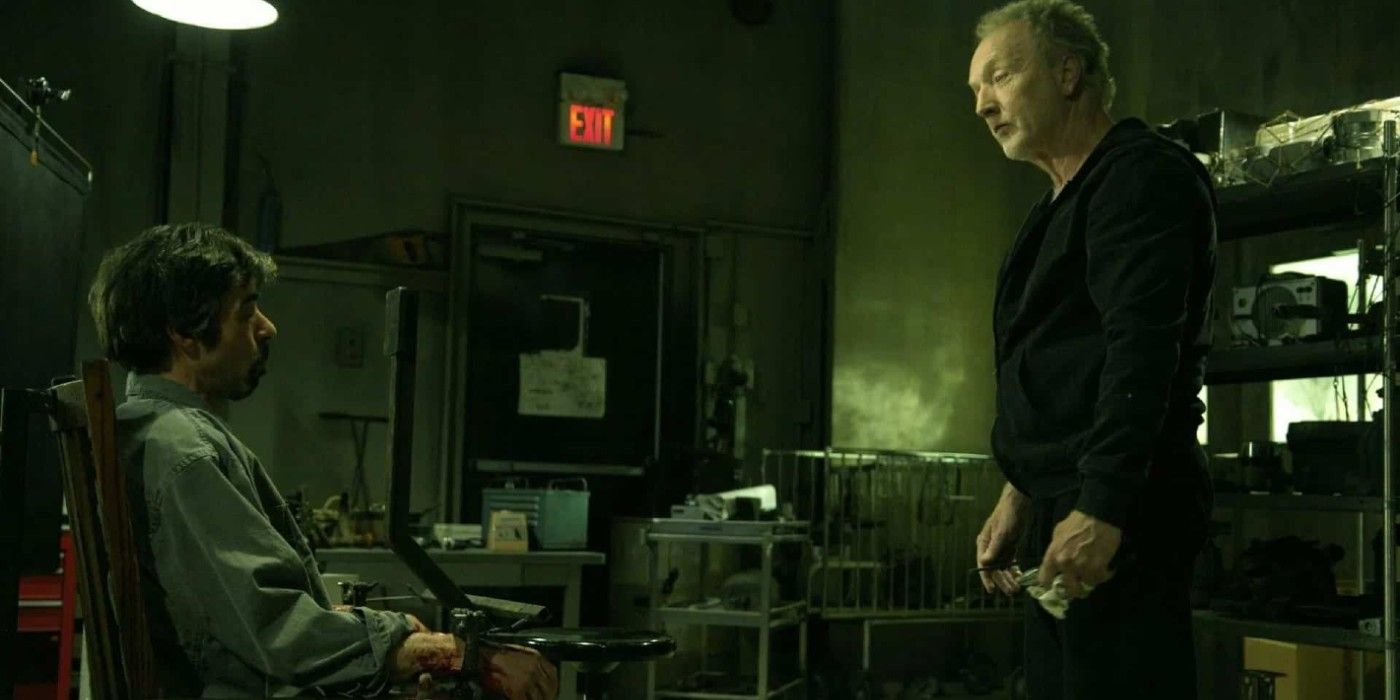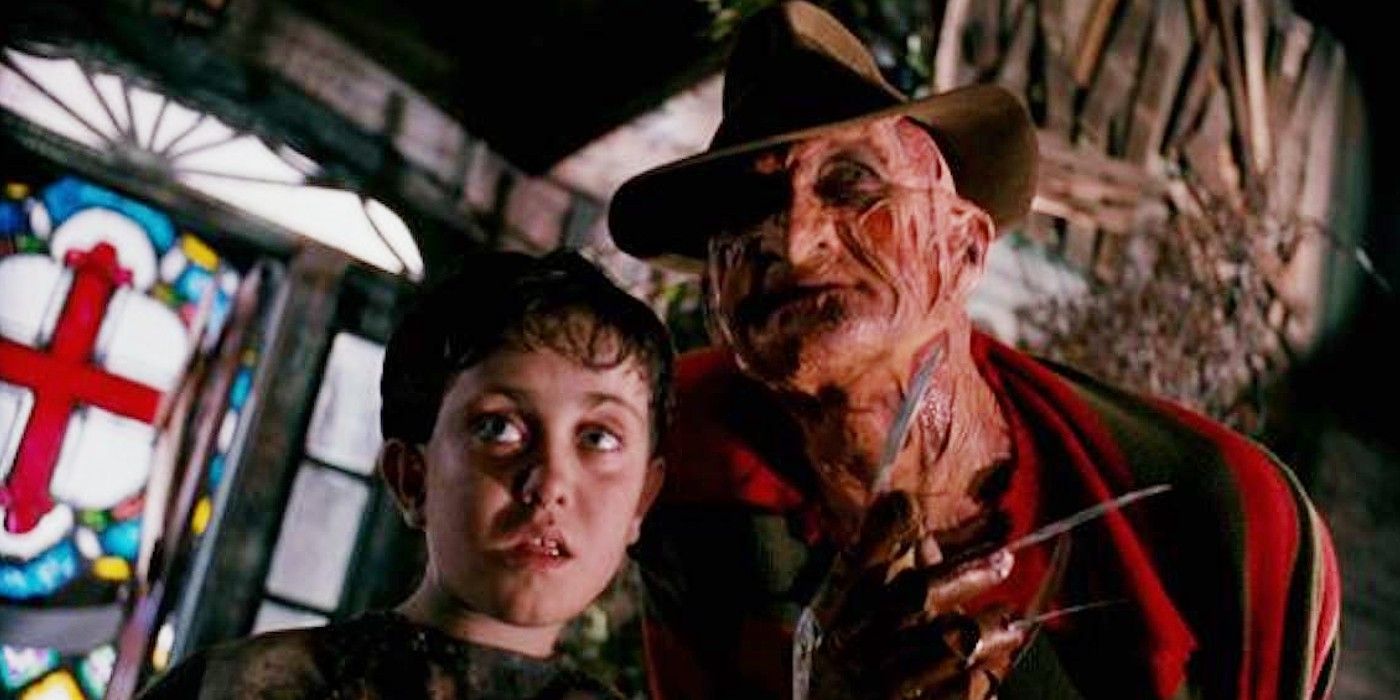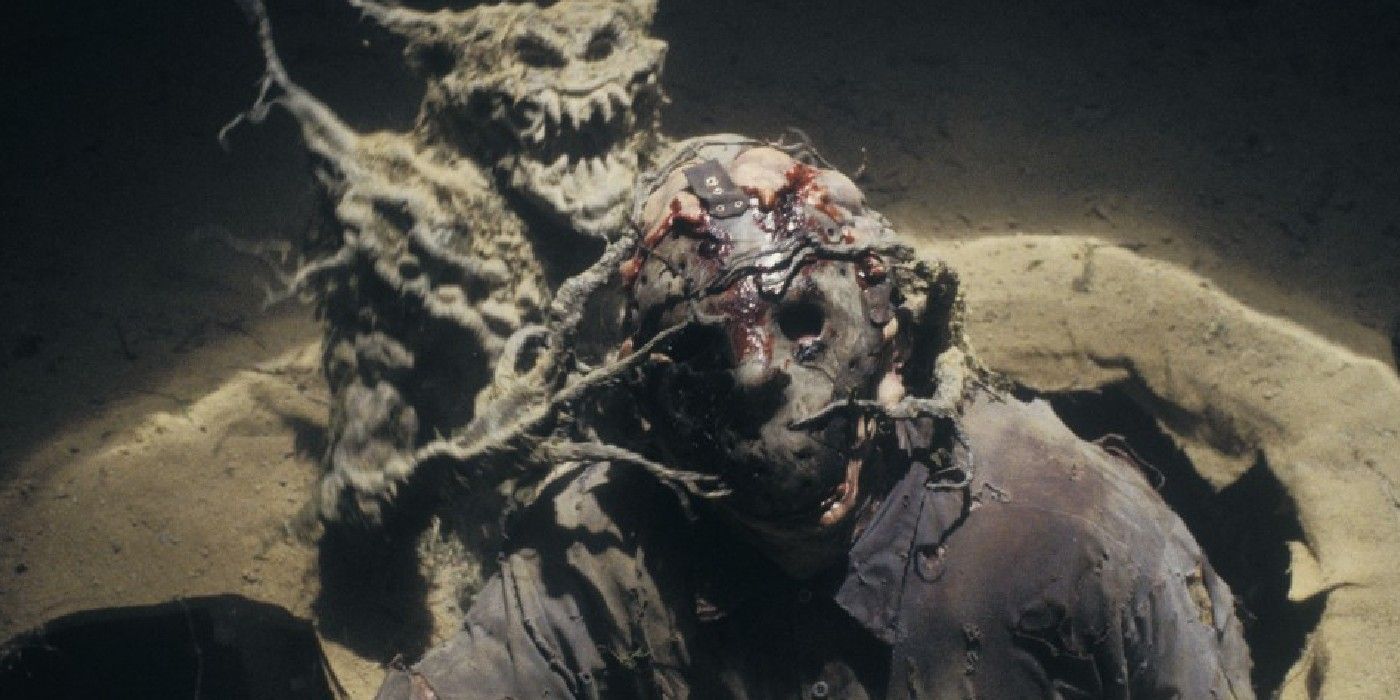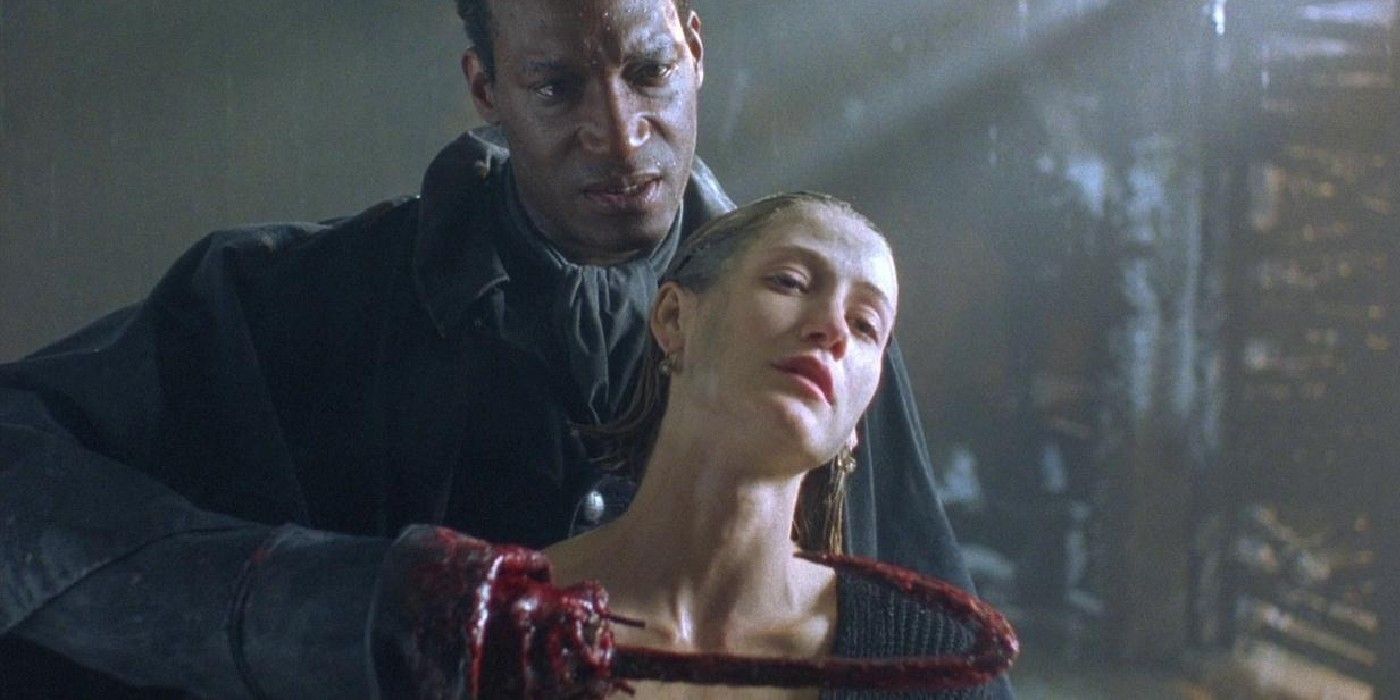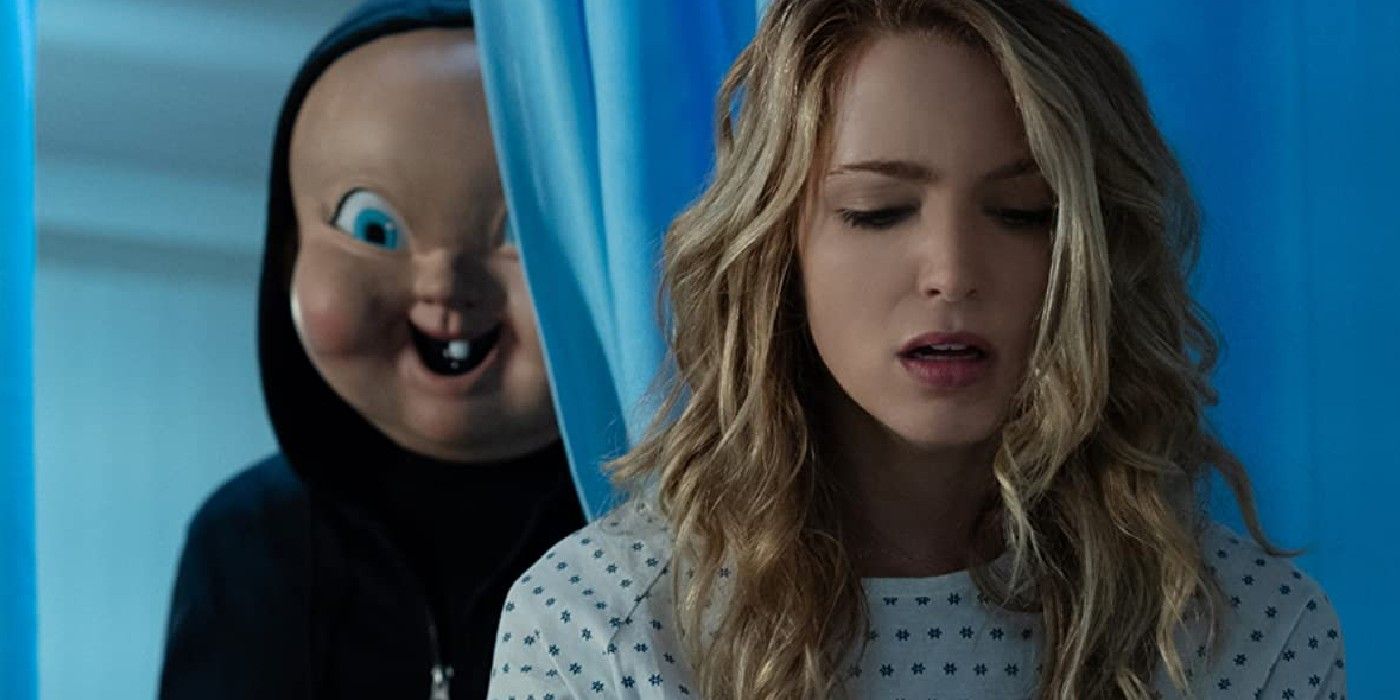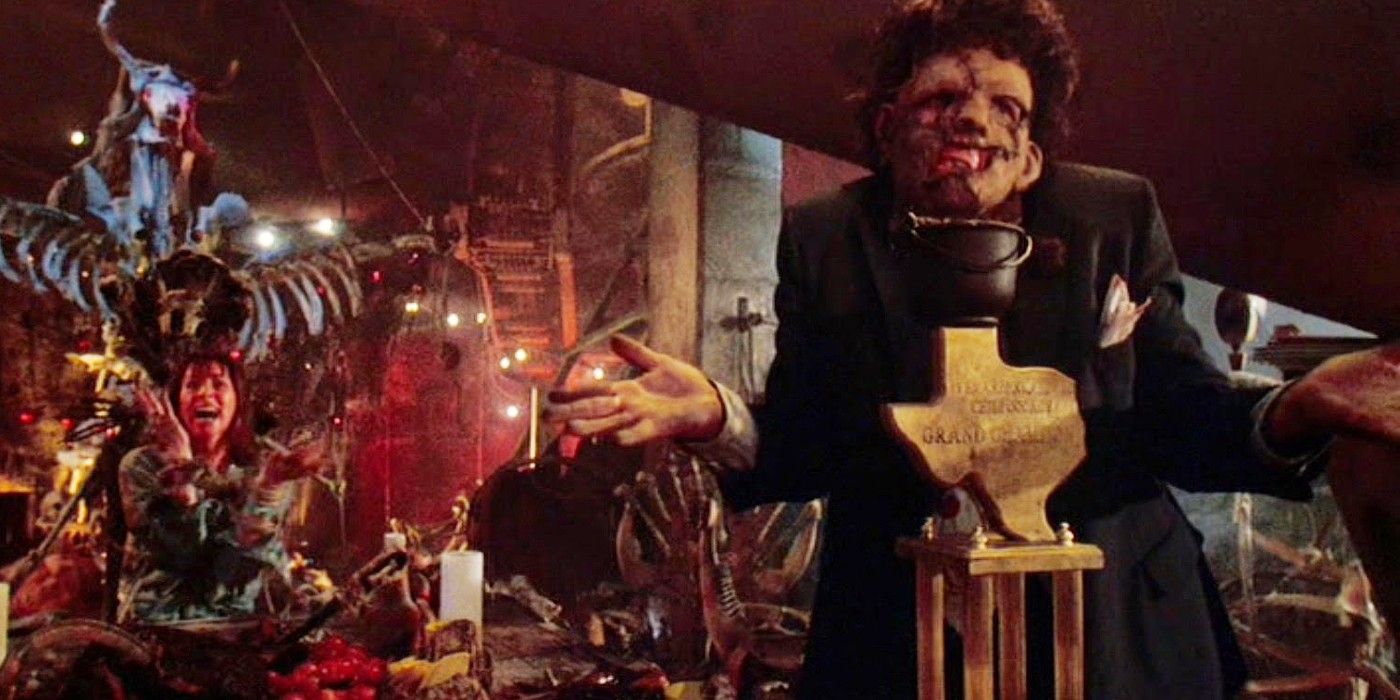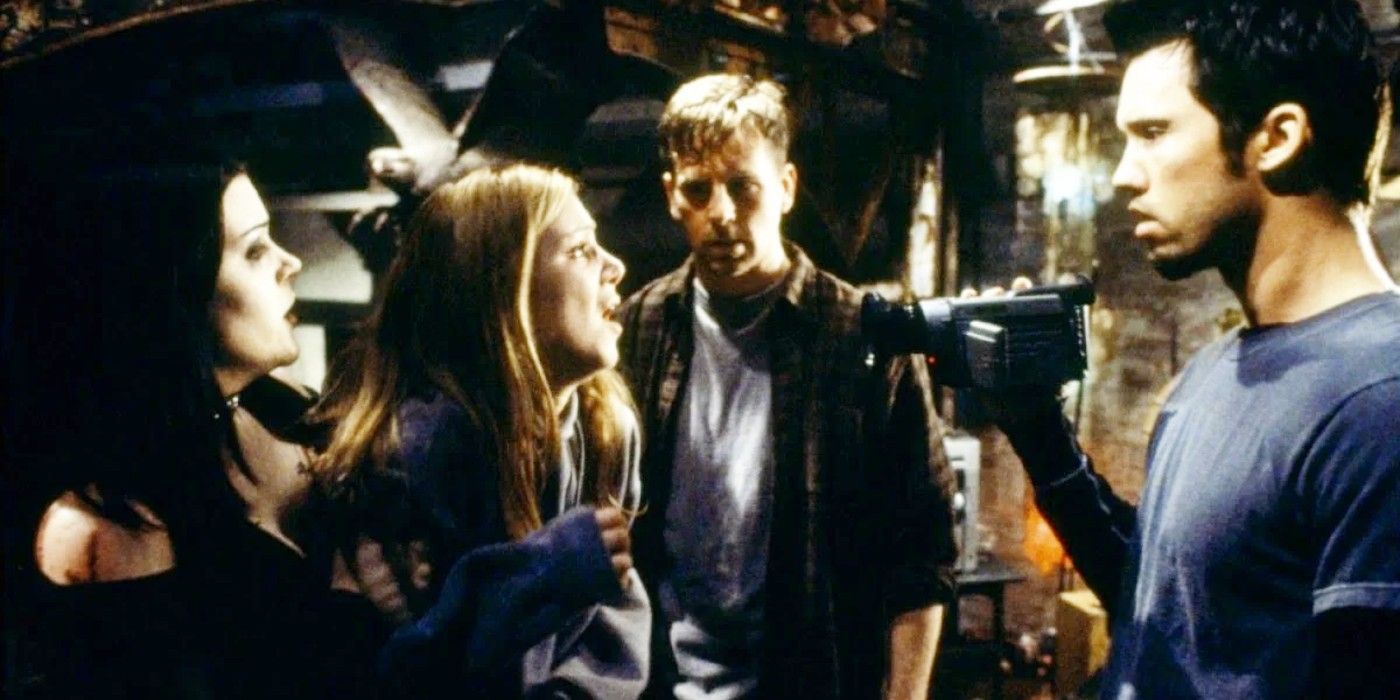For better and worse, horror movies (especially slashers) are known for breaking their own rules. Every movie is guilty of occasionally breaking its logic, but horror movies are infamous for practically making this a tradition.
This habit is common in long-running horror series, and it's usually a giveaway that filmmakers are grasping at straws. While this rule-breaking turns some movies into silly guilty pleasures, it actually elevates others in rare cases.
10 The Hellraiser Series — The Cenobites Ditched Their Neutrality After Two Movies
Besides their overt ties to BDSM culture, what made the Cenobites unique among horror movie killers was that they were a neutral force in their first two movies. As otherworldly arbiters of pain and pleasure, the Cenobites followed a strict set of rules and explicitly didn't go out of their way to kill and torture people for fun or selfish gain.
But when the Hellraiser movies became popular, the Cenobites become villains or anti-heroes. The third and fourth movies featured a villainous Pinhead, who wanted to turn Earth into a new Hell. Meanwhile, the direct-to-video sequels wrongly gave Pinhead a zealous but righteous sense of justice, seemingly inspired by the Bible.
9 The Halloween Series — Michael Myers' Simple Origin Became Needlessly Complicated
Even today, John Carpenter's Halloween stands as one of the best examples of less being more. The fact that Michael Myers had no known backstory, character, or humanity is exactly what makes him terrifying, since he's essentially pure evil incarnate. The sequels, however, erroneously saw this as a flaw to improve upon.
Minus Halloween III: Season Of The Witch, most Halloween sequels (especially Rob Zombie's remakes) fleshed out Michael and explained his evil. By breaking Carpenter's rule, the sequels undid everything that made Michael work. The Blumhouse trilogy went back to basics, which is why its version of Michael is the closest to Carpenter's original vision.
8 The Godzilla Series — Godzilla Stopped Being Terrifying After One Movie
Godzilla's makeover from a towering terror to a destructive hero is a well-known pop culture fact, but what few may realize is how quick this shift really was. In Ishiro Honda's 1954 horror classic, Godzilla was established as a metaphor for Japan's fear of nuclear weapons and a monster who left death and destruction wherever he went.
But then in Godzilla Raids Again, Godzilla fought Anguirus in a fun creature feature. From then on, Godzilla became an anti-hero who defended Japan from deadlier kaiju. Movies like Godzilla, Mothra and King Ghidorah: Giant Monsters All-Out Attack and Shin Godzilla that were faithful to Godzilla's antagonism were the exceptions, not the rule.
7 The Saw Series — Jigsaw Was A Moralizing Hypocrite
According to John Kramer (or the Jigsaw Killer), he traps shady people in life-or-death games to make them see the value of the life they've forsaken. But for all his lofty speeches, Kramer wasn't above killing for his own gain or satisfaction. Kramer is a self-righteous serial killer, and the Saw movies couldn't decide if they should condemn or justify him.
Saw III made his philosophical failure its central theme, but the series never questioned the fact that Kramer started his murders with selfish revenge as seen in Saw IV, where he killed the man responsible for his wife's miscarriage. In Kramer's mild defense, his apprentices fared worse and constantly broke what few moral rules were there.
6 The A Nightmare On Elm Street Series — Freddy Kruger Escaped Death Through Ridiculous Loopholes
While he was essentially a god in the dream realm, Freddy could be easily killed like any other person in the physical world. Though almost every hero across the A Nightmare On Elm Street films did just that, Freddy always came back thanks to a technicality. If it wasn't burning his remains hidden in a landfill, it was thanks to possessing a baby.
Freddy's loopholes got more ludicrous with each passing sequel, with the most extreme case being that the mere idea of Freddy could summon him. The latter, however, was far from hackneyed, since it was the driving force of Wes Craven's postmodern classic New Nightmare, which interrogated Freddy's very being as a fictional killer.
5 The Friday The 13th Series — Jason Voorhess' Immortality Never Made Sense
After being introduced as Pamela Voorhees' motivation for killing and a last-minute jumpscare in Friday The 13th, Jason took over the franchise, beginning with Part 2. At first, Jason was established to be an unnaturally gigantic and strong but still human killer, but this mild grip on reality quickly waned with each passing sequel.
From Part III onwards, Jason absorbed inhuman amounts of damage but always came back, either as a zombie or something else. What could kill Jason changed with every movie, making it too easy for the sequels to retcon Jason's previous deaths. This, however, wasn't a bad thing, since it actually bolstered Jason's status as a campfire story.
4 The Candyman Series — Candyman's Myth Endured Against All Logic
If the original Candyman had its way, there wouldn't be any need for sequels. Bernard Rose's movie ended with the Candyman myth (or the vengeful spirit of Daniel Robitaille) being replaced by Helen's, since she defied his legend and cemented her own mythic immortality by becoming the next tragic avenging specter.
But in the sequels, Candyman devolved from a haunting myth to a generic killer with a tangible weakness, like a mirror or a painting. These inconsistencies were addressed in Nia DaCosta's legacy sequel, which doubled down on Candyman being a generational story whose details may change, but his vengeance remains.
3 The Happy Death Day Series — The Movies Mocked Their Own Internal Logic
The Happy Death Day duology is a cross between slasher and time loop movies. As such, these genres' rules carried over to Christopher Landon's movies, only for them to be laughed at. But if Happy Death Day toed the line between being a horror-comedy and a parody, Happy Death Day 2U broke every pre-established rule as a gag.
Happy Death Day didn't take Tree's groundhog day loop too seriously, as seen in how it ignored its implied stakes to become a morbid comedy where Tree found hilarious ways to die. The sequel, meanwhile, took the rule-breaking to the next level by ditching the time loop for an alternate universe that comically contradicted everything previously set up.
2 The Texas Chainsaw Massacre 2 — The Sequel Spoofed Its Legendary Predecessor
Despite its infamously convoluted continuity, most of the Texas Chainsaw movies follow a simple horror formula: hapless teenagers try to survive a deadly encounter with the cannibalistic Sawyer Clan. The one movie in the series to break this tradition was the first sequel, The Texas Chainsaw Massacre 2, which was a self-parody.
Tobe Hooper had no interest in repeating his landmark directorial debut, so he used the sequel to relentlessly mock its legacy. The Texas Chain Saw Massacre's dread and lore were replaced by gory slapstick and dark humor, resulting in a wild sequel that endures as a cult classic, and the only interesting thing that the franchise did after 1974.
1 Book Of Shadows: Blair Witch 2 — The Sequel Was A True Crime Mockumentary About The First Movie
The Blair Witch Project was a lightning-in-a-bottle kind of movie, and its sequel was made with this in mind. Rather than simply repeat the original formula the way most found footage sequels do, director Joe Berlinger took a meta approach and made a true crime/horror hybrid about the first movie's real-world impact rather than a typical sequel.
Book Of Shadows didn't bother solving any of the first movie's mysteries, and instead focused on amateur documentarians succumbing to psychological horrors while they analyzed the mass hysteria it inspired. The sequel was hampered by studio interference, but this didn't diminish Berlinger's ambition to defy everything the original Blair Witch stood for.

